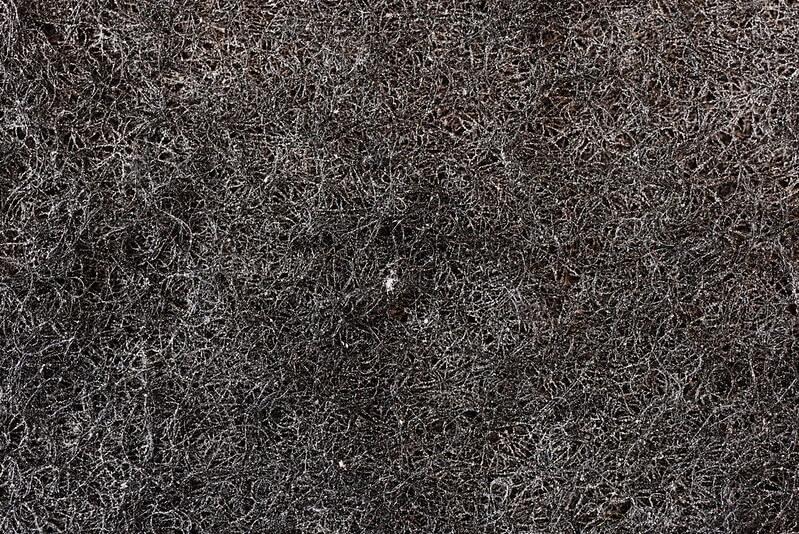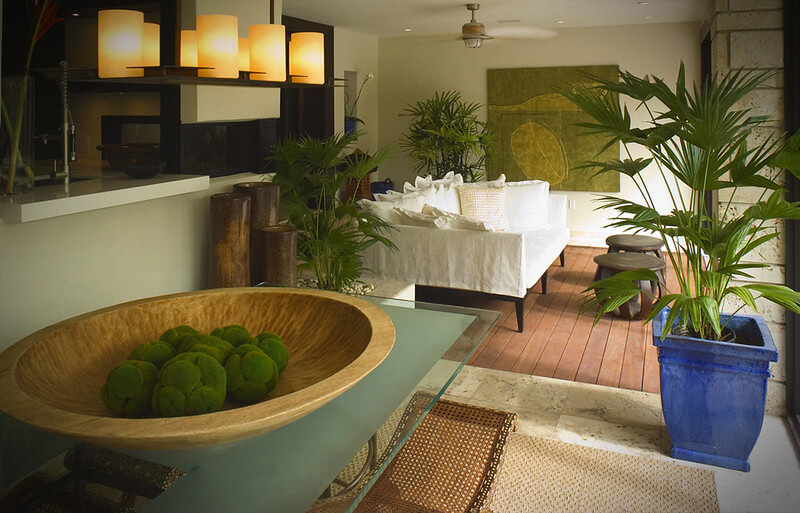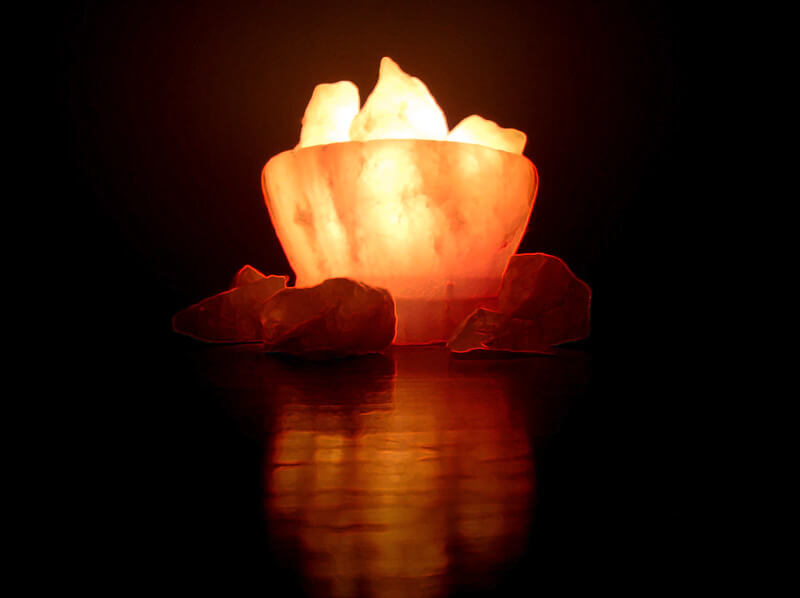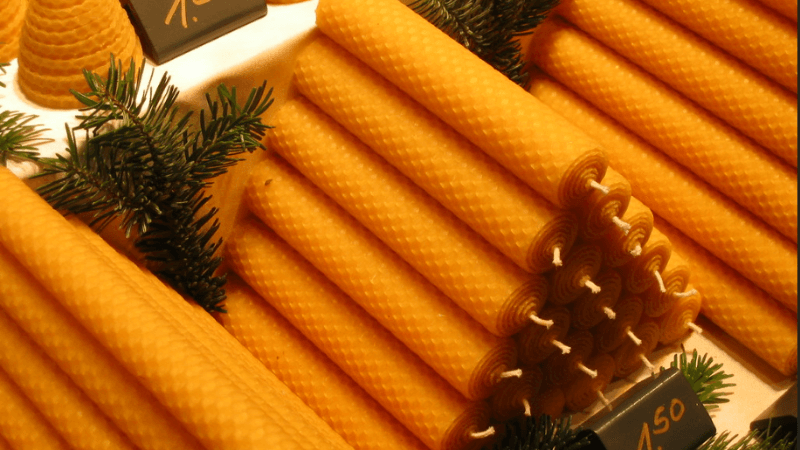According to the EPA, Americans, on average, spend 90% of their time indoors (at home, schools, and workplaces). EPA also notes that indoor concentrations of some pollutants have risen over time and are often 2 to 5 times higher than outdoor levels.
Neglecting to take care of the air quality in your home can result in Headaches, dizziness, fatigue, respiratory diseases, heart disease, and even cancer. However, before it gets to that, you can do something to improve the air quality in your home.
There are several measures you can take To keep the air healthy. An air purifier is one of the best and fastest ways to clean your home air. However, if you are uncertain about buying an air purifier, there are economical and natural alternatives you can try. This article shows six proven ways you can naturally clean the air in your home.
1. Use Indoor Houseplants
Plants are nature’s best air purifiers and are the best to counter indoor air pollution. According to a NASA report, indoor plants can help remove high concentrations of indoor air pollutants such as organic solvents, cigarette smoke, formaldehyde, benzene, Trichloroethylene, and even possibly radon.
Indoor house plants such as golden pothos, Janet Craig, English ivy, bamboo palm, Marginata, and peace lily, among many more, are best in the absorption of pollutants in the air. Place them in different areas of your home to get the maximum benefits of these plant purification abilities.
2. Use a salt lamp
Salt lamps are another natural way to naturally clean and purify indoor air. Salt lamps are made from Himalayan salt crystals and, just like beeswax, are said to be natural ionizers. When the lamp heats the salt, it attracts water particles that evaporate off as salt solution, mostly forming negative ions.
Apart from improving the air quality, salt lamps are said to boost people’s mood and help people with insomnia get better sleep. Salt lamps are also attractive and create a relaxing environment.
3. Try Beeswax Candles
Candles bring a soothing vibe, whether a romantic or family dinner. Couple this feeling with a candle that reduces indoor air pollution, and you will have a healthy environment.
Paraffin candles release carcinogenic toxins like toluene, benzene, formaldehyde, acetaldehyde, acrolein, and soot into your home air. However, beeswax candles are the complete opposite.
Particle and air pollutants float in the air because they are positively charged — Beewax candles when burning, release negative ions. The negative ions bind themselves to the positive ion causing them to be heavier and fall to the ground. Added benefits of using bee candles ids they burn with almost no smoke or scent and can be economical because they burn slower.
4. Use activated charcoal
Also known as active carbon, it is a fine, odorless black powder that is highly absorbent. The use of activated charcoal has a wide range of medicinal and cosmetic use. Traditionally charcoal has been known to treat diarrhea, whiten teeth, act as a deodorant, and cure skin infections.

The use of activated carbon to filter air has existed for a long and is known to have beneficial results. Activated charcoal removes unpleasant odors, bacteria, and harmful pollutants from the air and dehumidifies the air. When activated charcoal absorbs moisture from the air (dehumidify), it prevents mold and mildew from growing in your home.
The application of activated charcoal can be found in most air purifiers on the market. For your next DIY project, a homemade charcoal air filter can be a good addition to your home.
[snippet]Does bamboo charcoal purify the air?
Yes. Bamboo charcoal comes from a bamboo tree and is extensively used for water purification, removal of toxins in the body, and air purification. To be used as a natural air purifier, bamboo charcoal undergoes other processes to make it activated bamboo charcoal.
[/snippet]5. Essential Oils
From sharpening our focus, boosting our beauty routines, and complementing our spiritual practices, is there anything essential oils can’t do?
Essential oils (most of them) have anti-bacterial, anti-viral, and anti-fungal properties that are highly effective when introduced into the air. Tea and Eucalyptus essential oils are good examples of oils that have been clinically tested to kill the airborne flu virus.
Other essential oils known for their air-purifying abilities include peppermint, chamomile, lemon, lavender, basil, lime, cinnamon, and red mandarin, among many others.
Before you use essential oils for air purification, I would strongly advise you to consult your healthcare professional.
6. Probiotics for Air Purification
These are live bacteria and yeasts that are good for human health. They are good bacteria; just like they help maintain a good balance of bacteria in the human body, they can also purify the air.
Probiotic air purifiers work by releasing probiotics known as bacillus ferment into the air. The released bacillus ferment consumes air pollutants like dust, pollen, dust mite waste, and pet dander. This keeps the air healthier with fewer irritants.
BetterAir’s Biotica800 Probiotic Air Purifier is an excellent example of an air purifier that utilizes probiotics to purify the air naturally.
Go Forth & Purify the Air in Your Home
Cleaning your home air does not have to be costly and can begin with any of the above methods. These natural air cleaning methods are cheaper and faster to execute in your home. However, for faster results, air purifiers are the best air cleaners.





